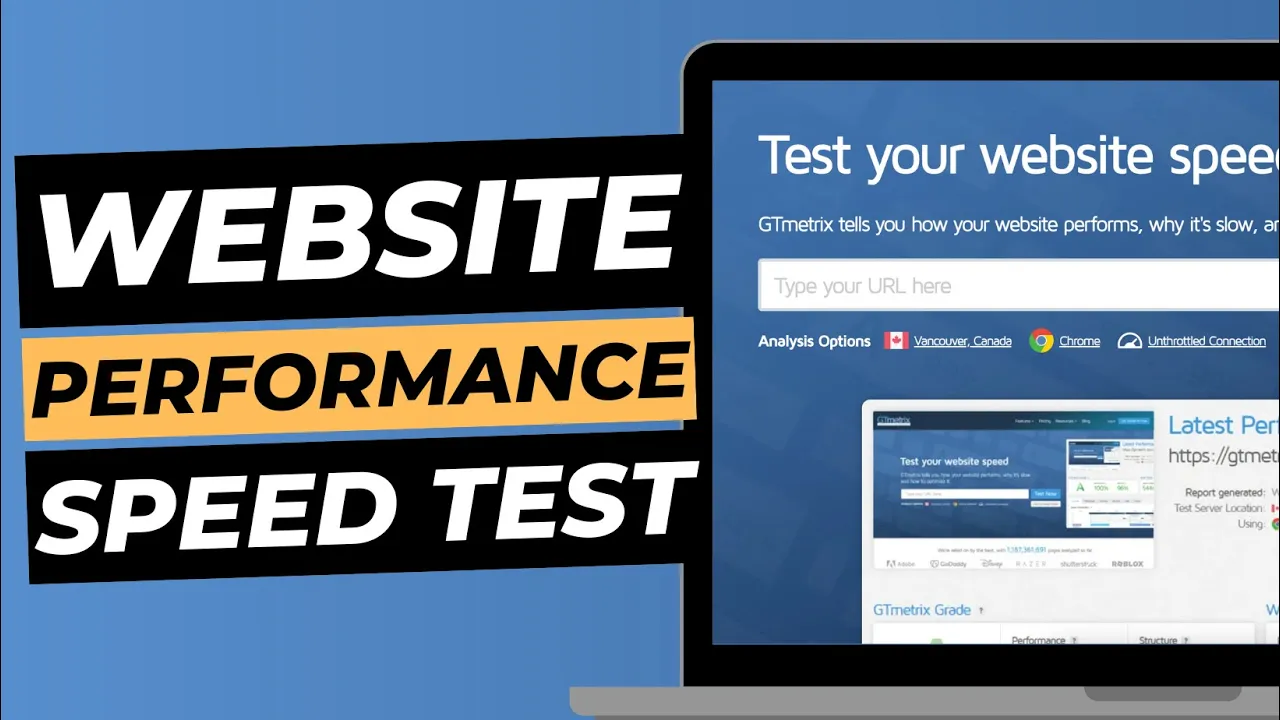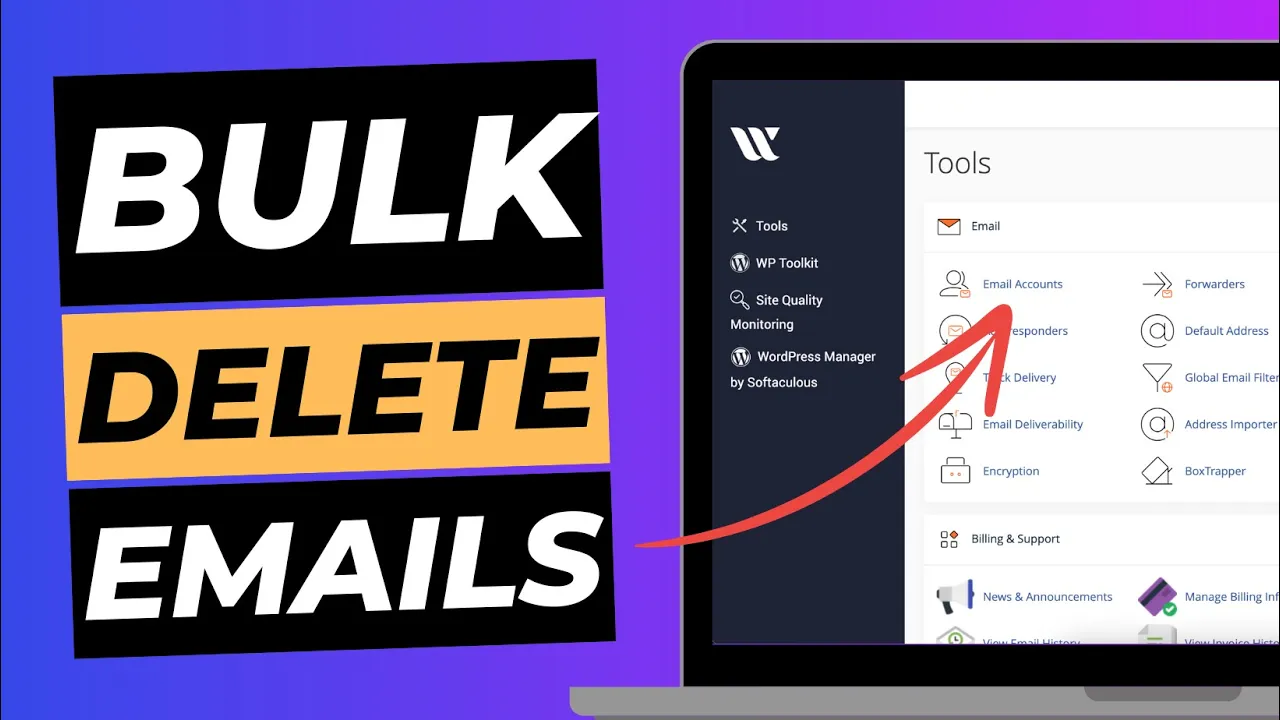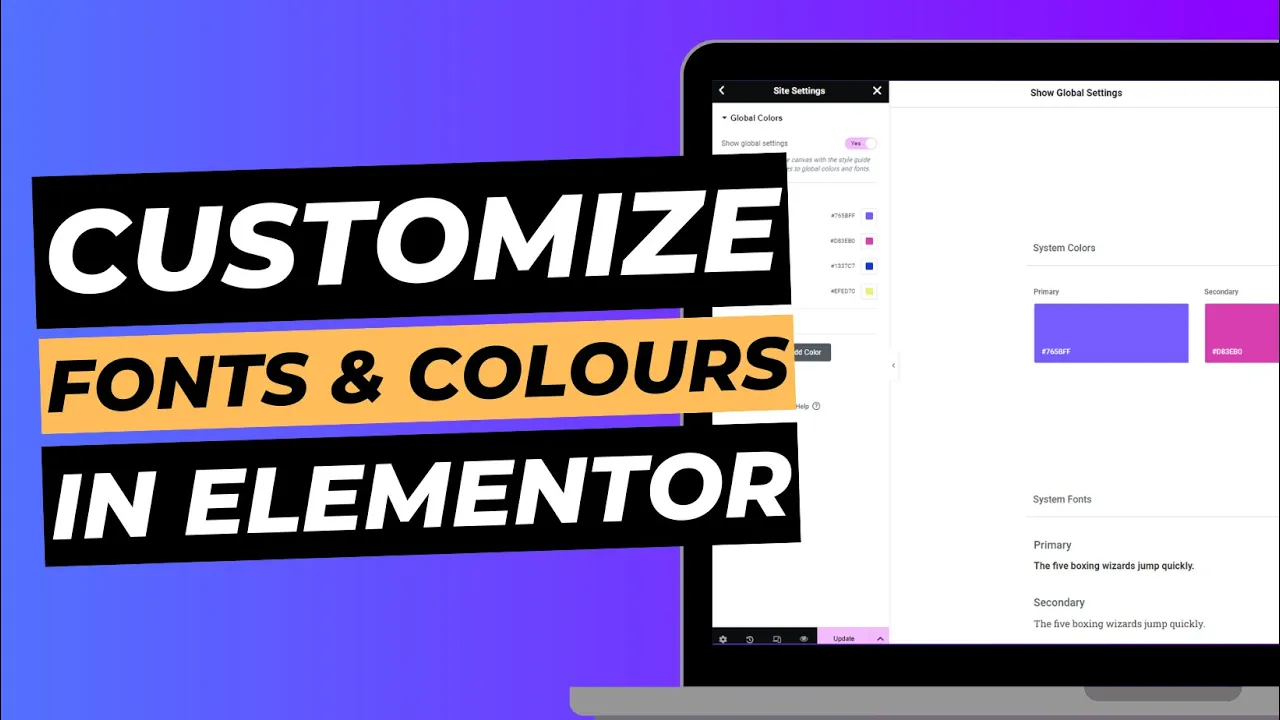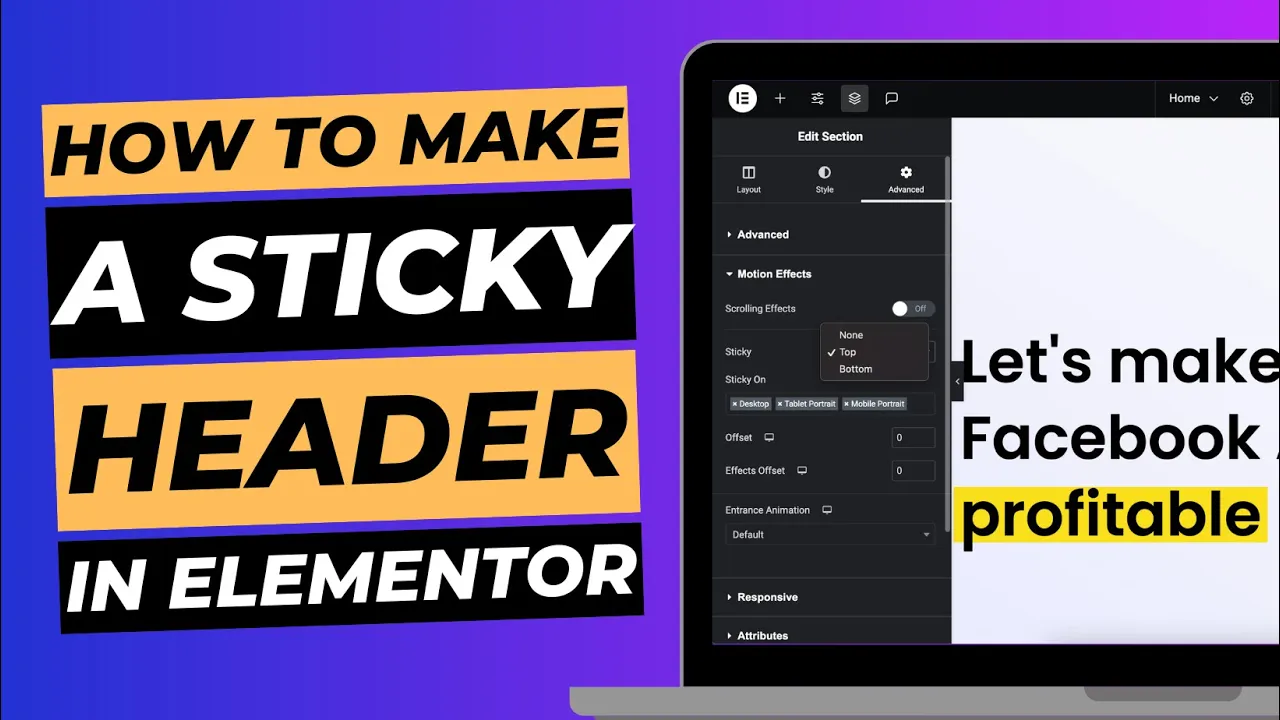Embedding YouTube videos in your WordPress blog posts is a great way to make your content more engaging. Whether you’re running a tutorial, sharing insights, or just enhancing your blog with visual content, embedding a YouTube video is an easy process that requires no coding knowledge. In this guide, we’ll walk you through the simple steps to seamlessly embed YouTube videos into your WordPress blog posts.
Why Embed YouTube Videos?
Before we dive into the process, let’s consider why embedding YouTube videos can be beneficial for your WordPress blog:
- Increased Engagement: Video content tends to hold users’ attention longer than plain text, which can decrease bounce rates and keep visitors on your site for longer.
- Improved SEO: Google values mixed media content, and embedding videos can help improve your SEO rankings.
- Better Communication: Videos can help clarify complex topics that might be difficult to explain using only text or images.
How to Embed YouTube Videos Using WordPress
Embedding a YouTube video in your WordPress blog post is extremely easy, thanks to WordPress’s built-in features that automatically handle the embedding process. Here’s how to do it:
Step 1: Copy the YouTube Video URL
First, go to YouTube and find the video you want to embed. Click the “Share” button beneath the video, and copy the video’s URL. You can also copy the URL directly from the address bar of your browser if you’re watching the video on the YouTube site.
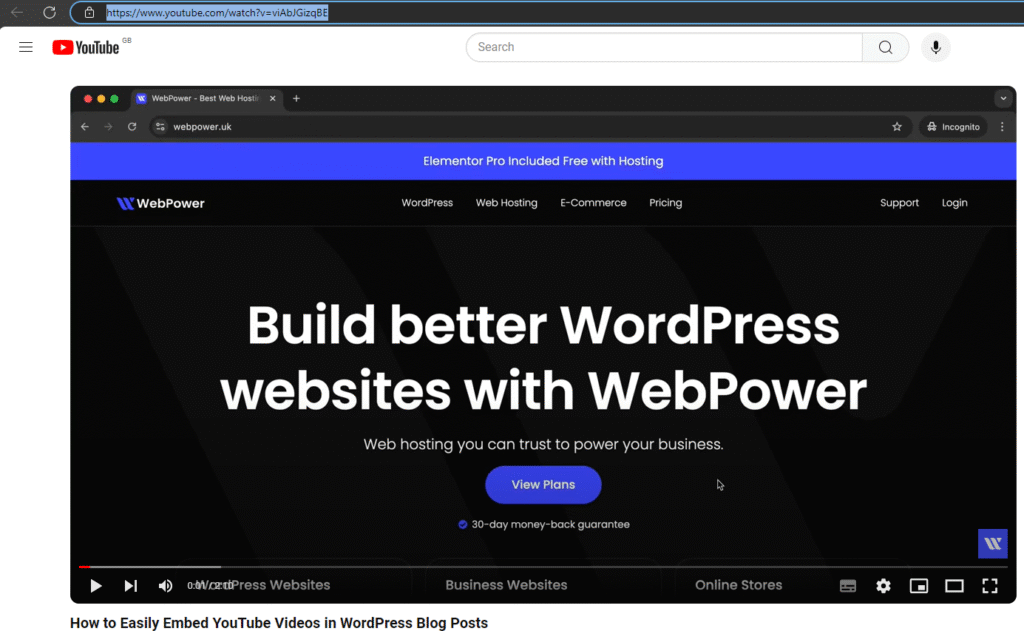
Step 2: Paste the URL into the WordPress Block Editor
Once you have the YouTube video URL, log in to your WordPress dashboard and go to the post where you want to embed the video. If you’re writing a new post, navigate to Posts > Add New.

In the WordPress Block Editor (also known as Gutenberg), simply paste the YouTube link directly into the post where you want the video to appear. WordPress will automatically detect the link and embed the video for you. You don’t need to use any special embed code – it’s that simple!
Step 3: Adjust the Alignment and Settings
After embedding the video, you may want to adjust its position within your post. You can select the video block and change the alignment (left, right, or centre) using the settings in the block toolbar.
If you prefer, you can also use the YouTube block in the WordPress editor. To do this:
- Click on the + button in the block editor to add a new block.
- Search for “YouTube” and click on the YouTube block.
- Paste the URL of the video into the field that appears.
This method works the same way as pasting the URL directly, but it gives you a bit more control over the block’s placement.
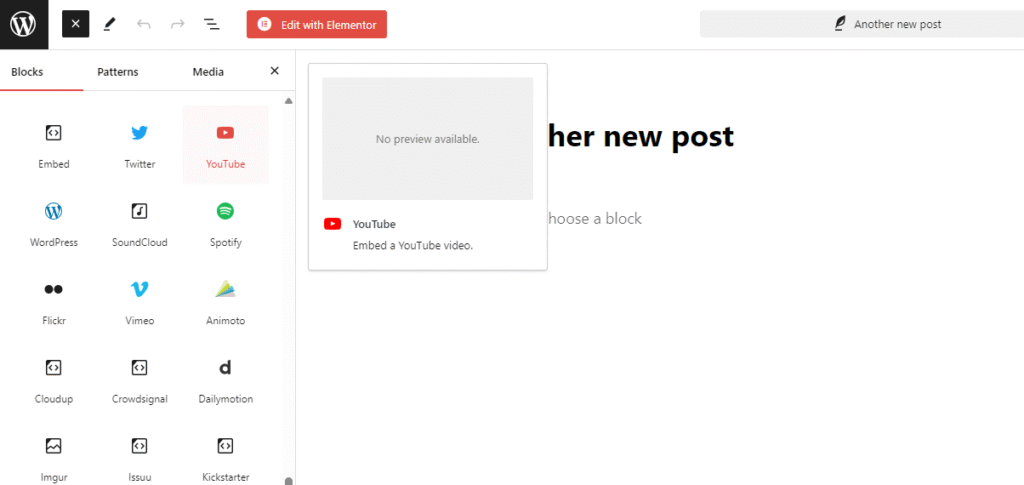
Embedding YouTube Videos Using the Classic Editor
If you’re still using the Classic Editor in WordPress, the process is just as easy:
- Copy the URL of the YouTube video.
- Go to the post or page editor and paste the URL directly into the content area.
- WordPress will automatically convert the URL into an embedded video.
This method is equally effective, although the Classic Editor is less flexible in terms of layout and block management.
Customising Embedded YouTube Videos
If you want to customise the appearance or behaviour of the embedded YouTube video, YouTube provides additional options when sharing. Click on the “Embed” option beneath the video, and you can set parameters such as:
- Start Time: Specify a point in the video where you want it to start.
- Video Size: Change the size of the embedded video.
- Show/Hide Player Controls: Decide whether to show or hide controls like pause/play, volume, and fullscreen options.
Once you configure these settings, YouTube will generate an embed code that you can copy and paste into the HTML block of your WordPress post.
How to Embed YouTube Videos Using Plugins
If you want even more control over how YouTube videos are embedded in your posts, there are several plugins available that can help. Some popular plugins include:
- YouTube Embed Plus: This plugin adds more features to your embedded videos, such as video galleries, lazy loading, and even YouTube live streaming support.
- WP YouTube Lyte: This plugin optimises your site’s performance by only loading a lightweight version of YouTube videos, reducing the impact on page speed.
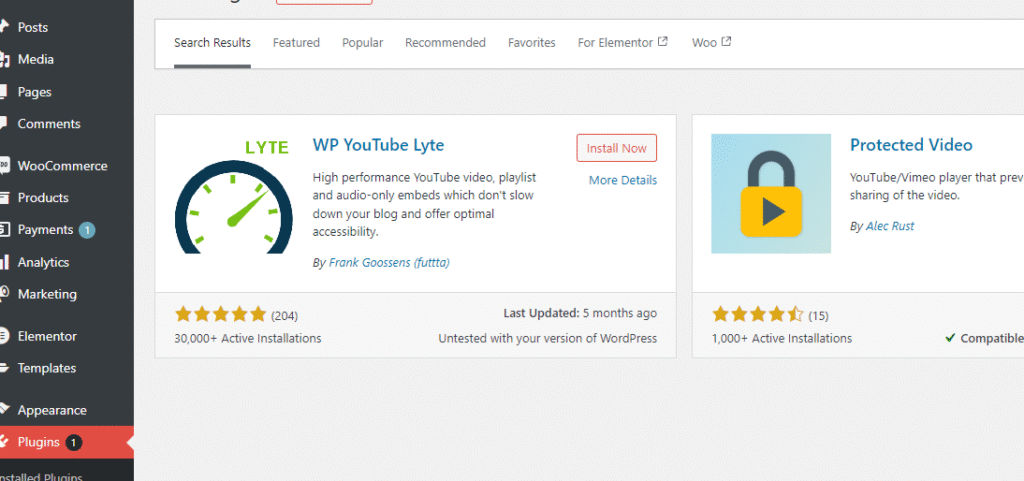
Using a plugin can be especially useful if you regularly embed videos or want to have customisation options like autoplay, related video settings, or multiple video embeds in one post.
Best Practices for Embedding YouTube Videos
While embedding YouTube videos is easy, there are a few best practices to keep in mind:
- Don’t Overload Your Page: Too many video embeds can slow down your site’s loading speed. If you have multiple videos to share, consider creating a dedicated video page or using a gallery format.
- Always Credit the Video Source: If you’re embedding someone else’s video, be sure to credit the creator or provide context about the source of the video.
- Check Responsiveness: Make sure that your embedded videos look good on all devices, including mobile phones. WordPress automatically makes videos responsive, but it’s always a good idea to preview the post on different screen sizes.
Conclusion
Embedding YouTube videos in WordPress is an easy and effective way to enhance your blog posts. Whether you’re sharing your own videos or adding valuable content from other creators, the process takes only a few seconds and doesn’t require any technical skills.
With this guide, you can start adding video content to your blog today, helping to boost engagement, improve SEO, and keep your readers coming back for more. If you’re using WordPress with WebPower hosting, this process will be seamless and straightforward.


